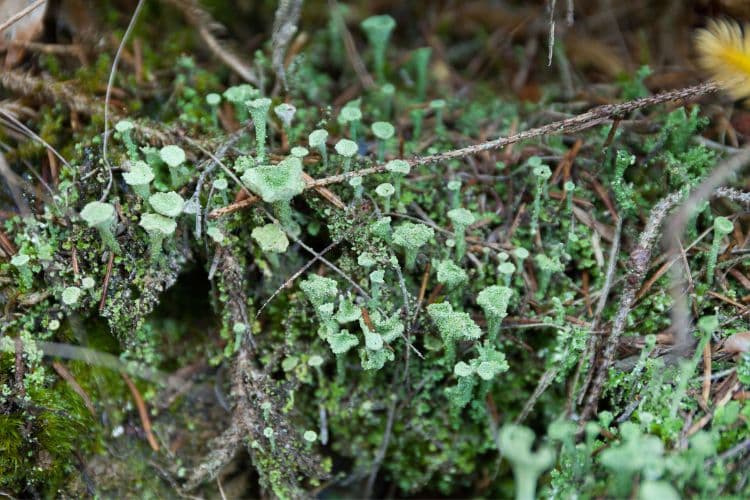Mold in the home is not just a problem for humans; it can also have significant effects on our pets. This article aims to inform pet owners about the risks mold poses to their furry companions, the signs to watch out for, and how to ensure a safe and healthy environment for them.
Understanding the Risk of Mold to Pets
Pets are often more susceptible to mold-related health issues due to their smaller size and different respiratory systems. Their close proximity to the ground, where mold spores can concentrate, increases their exposure risk.

How Mold Affects Pets
- Respiratory Problems:
- Pets can suffer from sneezing, coughing, and wheezing due to mold exposure.
- In severe cases, mold can cause serious respiratory infections and difficulties.
- Allergic Reactions:
- Just like humans, pets can develop allergies to mold. Symptoms may include itchiness, skin rashes, and excessive grooming or scratching.
- Some pets may have more severe reactions, depending on their sensitivity to mold.
Signs of Mold Exposure in Pets
| Symptom | Description |
|---|---|
| Respiratory Distress | Difficulty breathing, coughing, sneezing. |
| Dermatological Issues | Skin irritation, rashes, excessive scratching. |
| Behavioral Changes | Lethargy, reduced appetite, unusual behavior. |
| Gastrointestinal Problems | Vomiting or diarrhea, particularly after spending time in mold-infested areas. |
Preventing Mold Exposure in Pets
- Regular Home Inspections:
- Conduct regular inspections for mold in areas where pets spend time, especially basements, laundry rooms, and bathrooms.
- Pay attention to water damage or dampness, which can lead to mold growth.
- Effective Cleaning and Maintenance:
- Keep your home clean and well-ventilated to prevent mold growth.
- Use pet-safe cleaning products to address any mold outbreaks.
- Immediate Veterinary Care for Suspected Mold Exposure:
- If you suspect your pet has been exposed to mold, seek immediate veterinary care.
- Early intervention can prevent more severe health issues.
Conclusion
Mold exposure can have serious effects on pets, ranging from respiratory problems to allergic reactions. It’s essential for pet owners to be aware of these risks, recognize the signs of mold exposure, and take steps to protect their pets. Regular home inspections, maintaining a clean and dry environment, and seeking prompt veterinary care when needed are key measures to ensure the health and well-being of our beloved pets.




